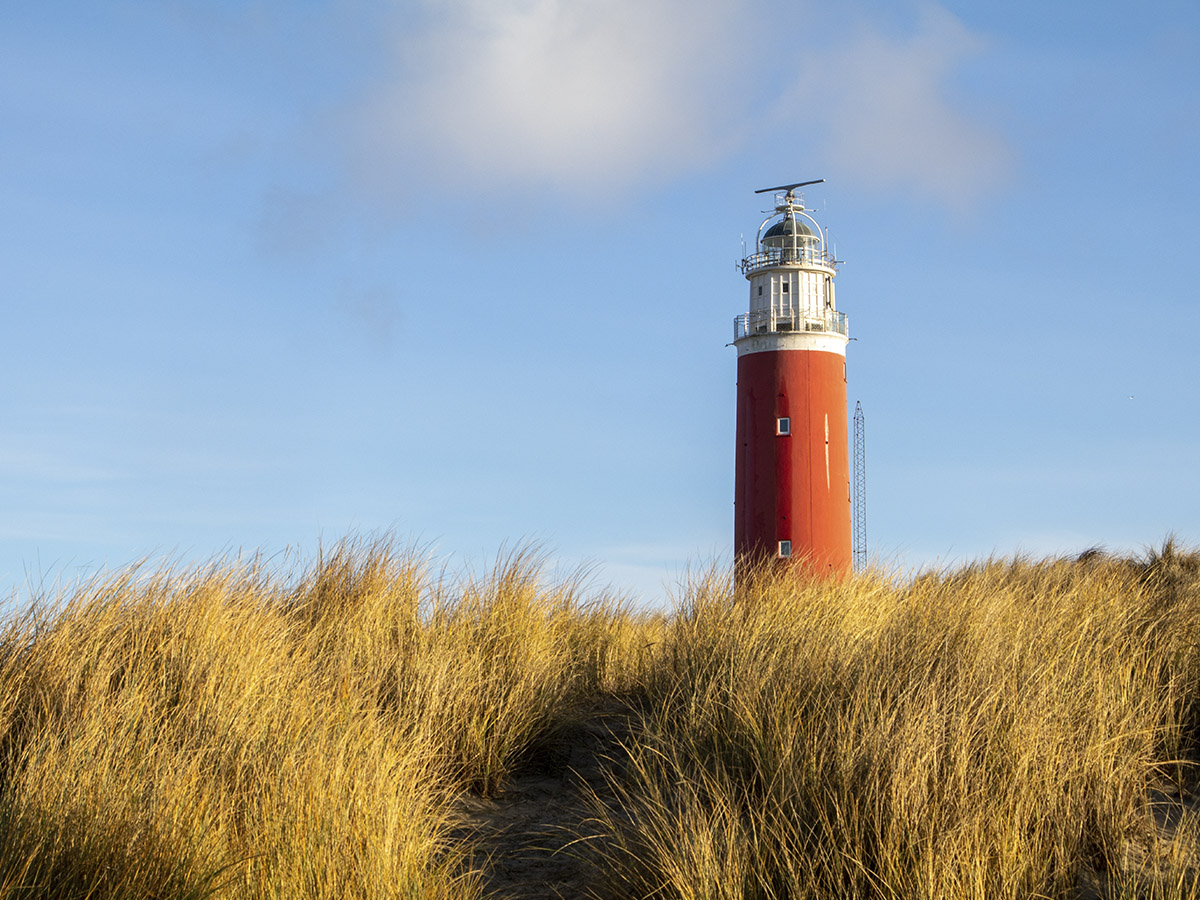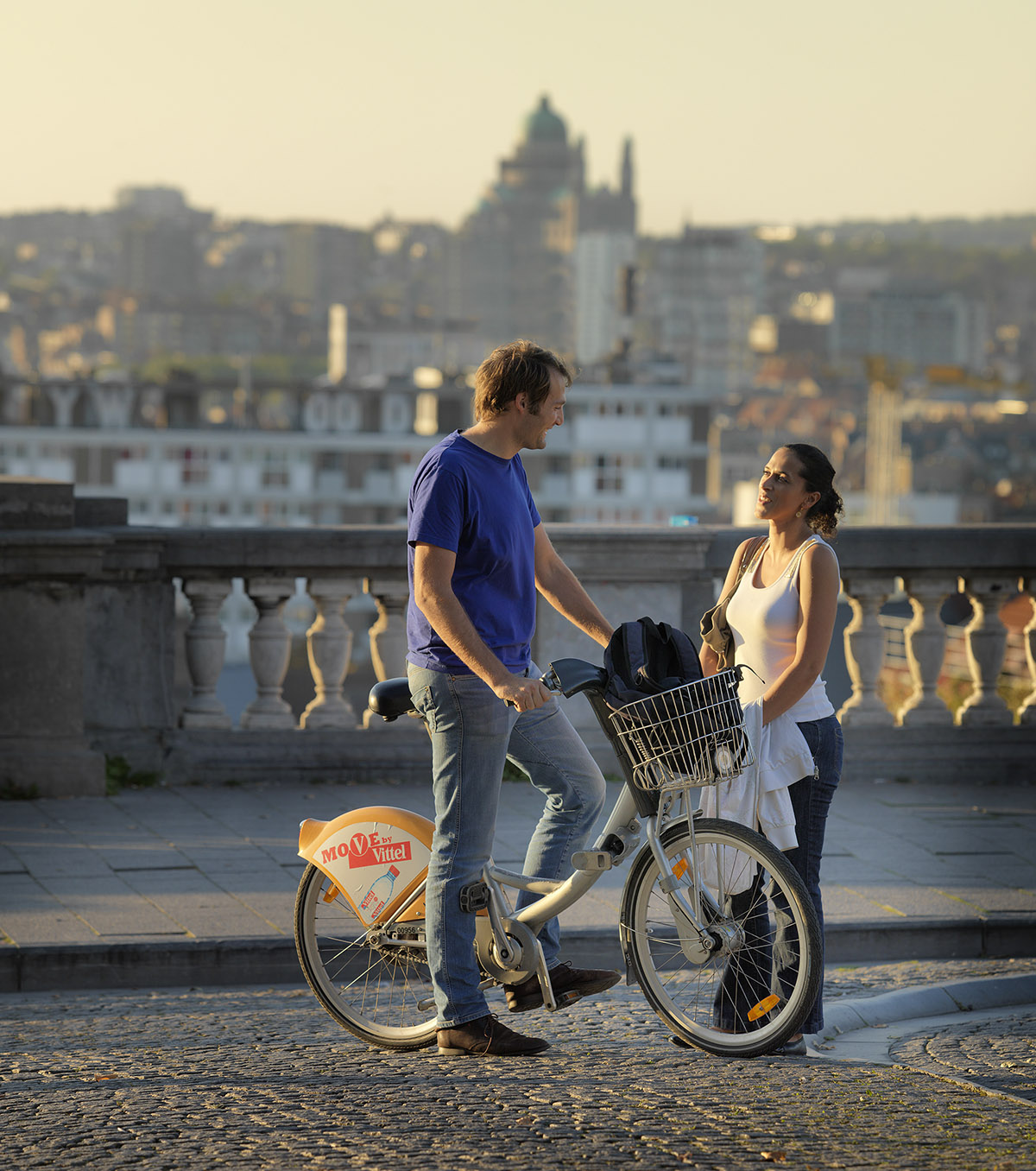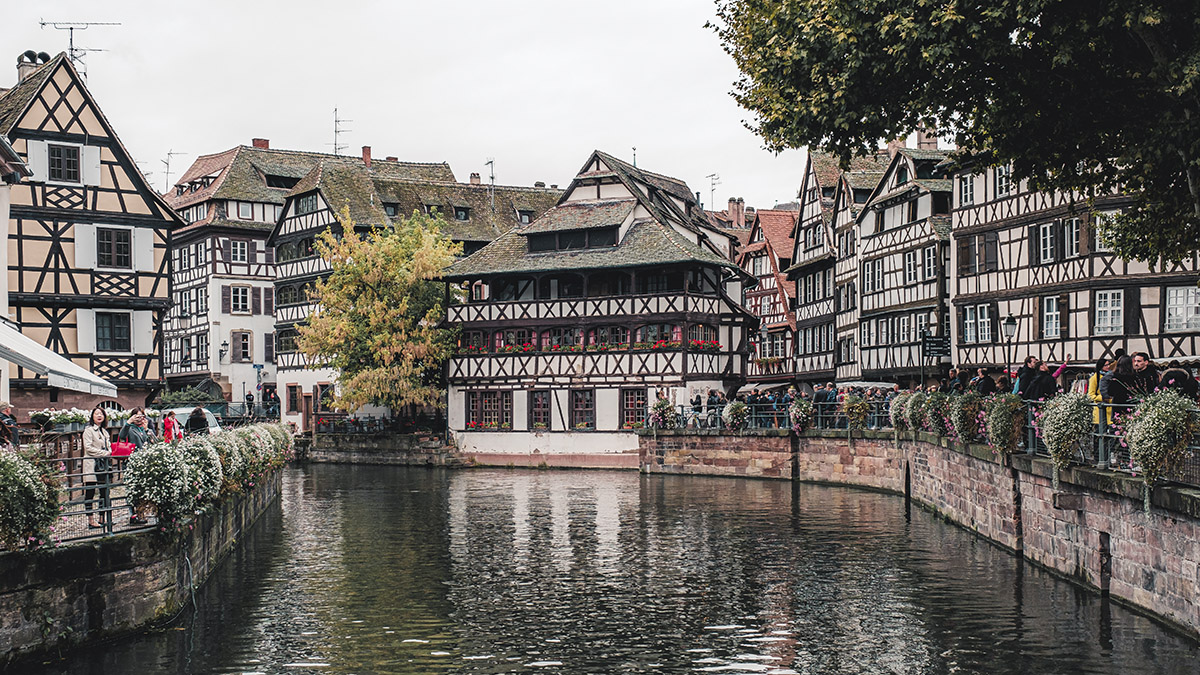48 Hours In Luxembourg’s Oldest City
TEXT: DANA MARIN
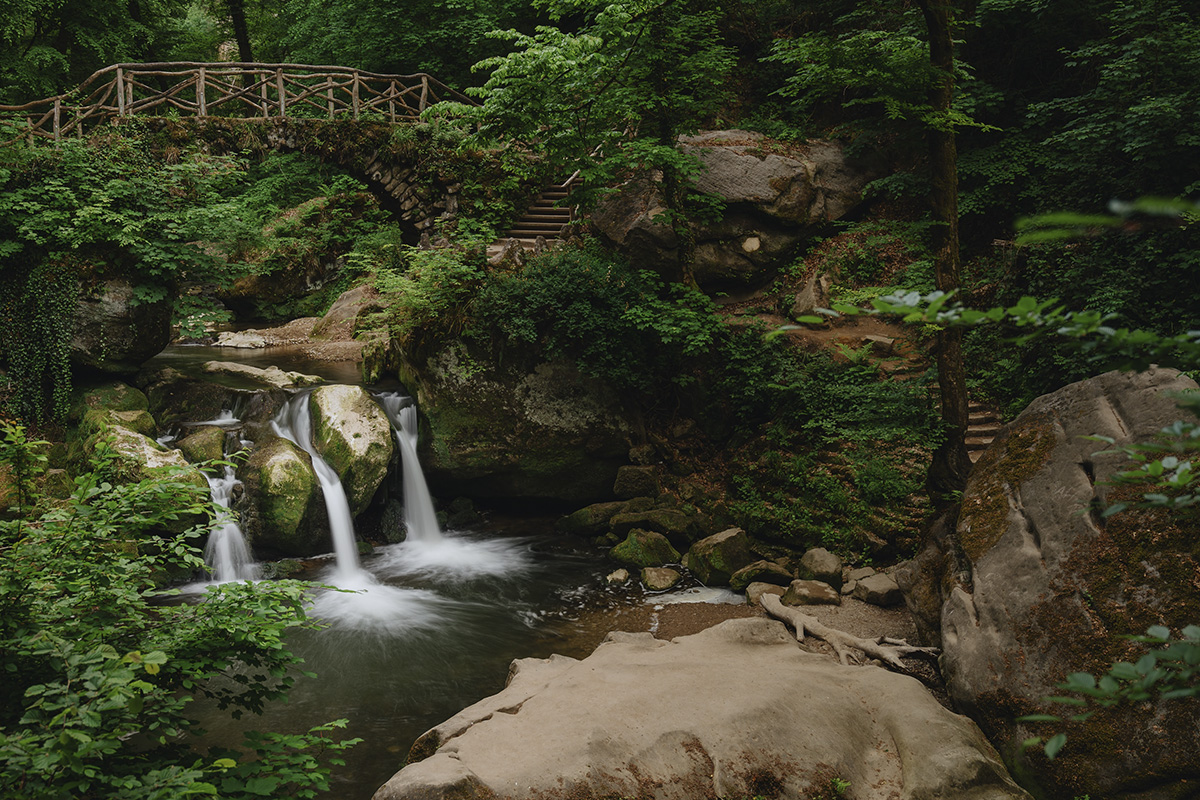
Schiessentümpel waterfall. Photo: Cedric Letsch on Unsplash
In the east of the country, encircled by rolling hills and primeval forests, bearing the testimonies of times long gone, lies the oldest city in Luxembourg: Echternach. This enchanting place beckons travellers with its rich history, cultural treasures and breathtaking natural beauty.
Echternach is a perfect destination for those seeking a relaxed getaway, enriched with fascinating history and amazing nature. Located in the Mullerthal (Müllerthal) region, Luxembourg’s ‘Little Switzerland’, caressed by the River Sauer at the border with Germany and featuring a lake and a recreational area, as well as many vestiges from the past, this 5,000 inhabitants town is a magnet for tourists.
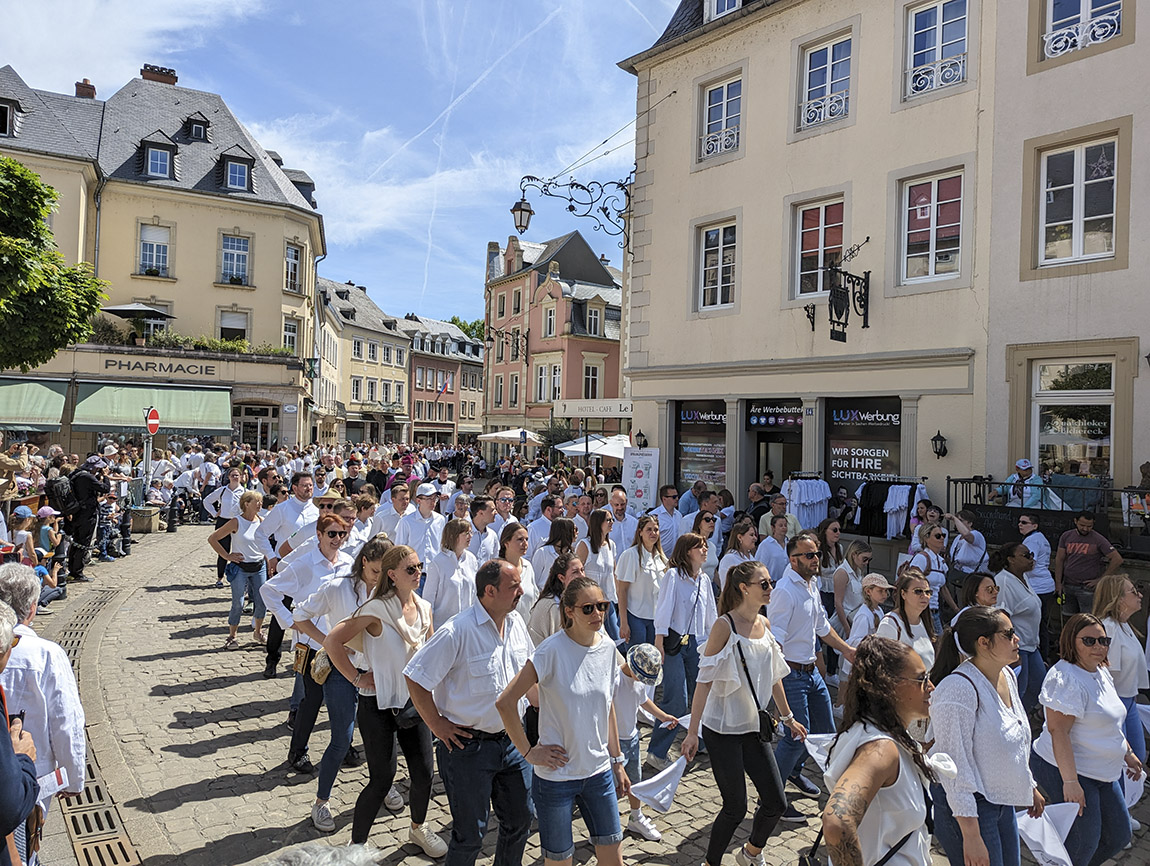
Echternach Hopping Procession. Photo: Stadtmarketing Echternach
The story of Echternach began in 698, when the English monk Willibrord from Northumbria established an abbey there. Willibrord is Luxembourg’s patron saint, and he is celebrated today through the Dancing Procession held every year on Whit Tuesday. This procession is so famous that it was added to the UNESCO List of Intangible Cultural Heritage. But the settlement goes back to even older times, when the area was occupied by the Romans and the settlement was an important trading post. The remains of a Roman villa – reputed to be the largest north of the Alps – remind us of those long-gone days.
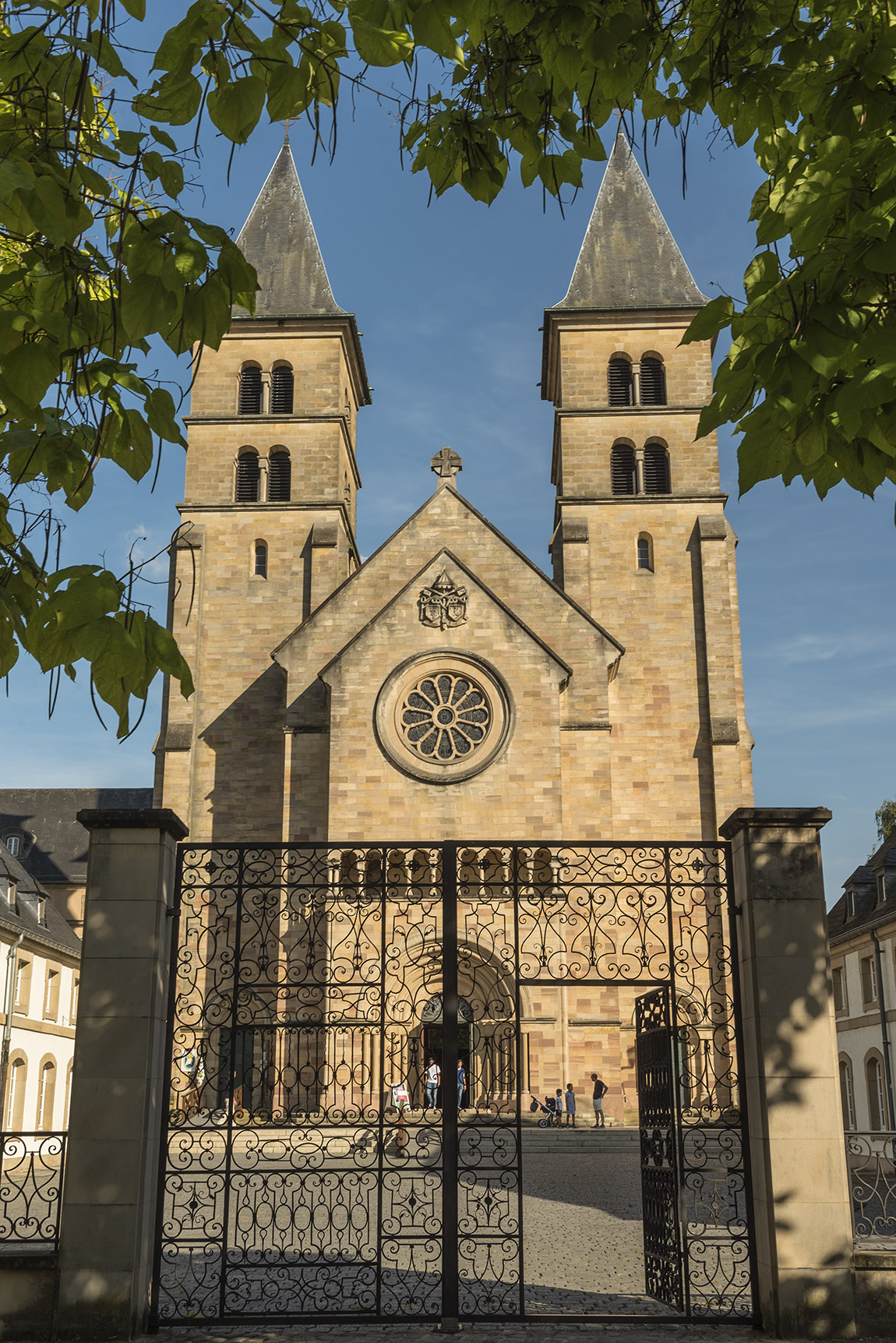
Echternach Basilica. Photo: Pierre Haas
Day 1 – Delve into the town’s history
Echternach is a small place, with all the points of interest close to each other. Start the first day by exploring the history of this old town and its cultural legacy. The four-towered Saint-Willibrord Basilica is a good starting point. This Romanesque church has witnessed 1,300 years of history and had its first stone set by the monk Willibrord around 700, when he settled in Echternach. The basilica stands on the site of a small Merovingian church, the crypt of which has survived and is now the resting place of Saint Willibrord. Here, you can see the white marble sarcophagus that was a pilgrimage site for centuries. Next to the church is the Benedictine Abbey, built in Lorraine style from 1727 to 1736. The building has functioned as a school since 1899, and it can’t be visited, but you can learn all about its history at the Abbey Museum, located in the basement of the abbey. The museum contains facsimiles of the magnificent medieval manuscripts from the Echternach School, among which is the Codex Aureus Epternacensis, as well as work material from former times and information on Saint Willibrord and ecclesiastical history.
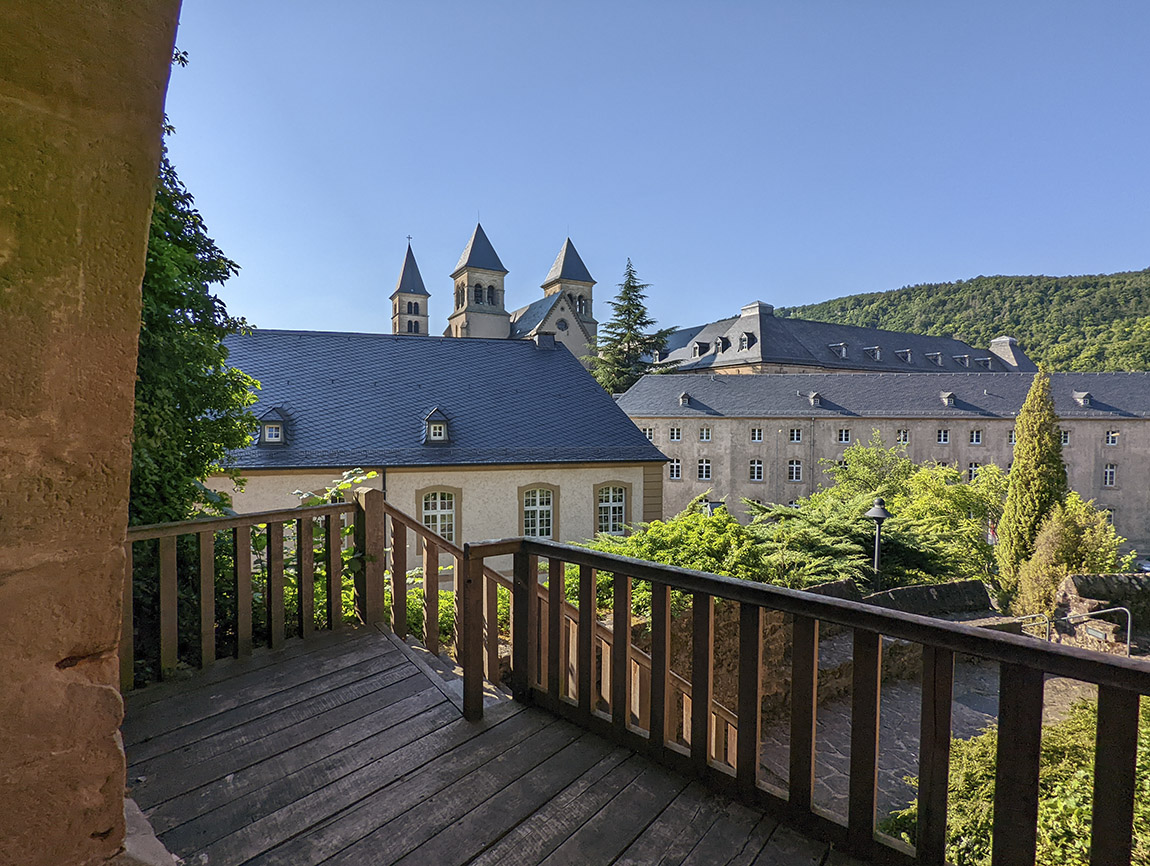
Echternach Basilica, view from St Peter & Paul Church. Photo: Stadtmarketing Echternach
After all this time underground, you’ll need fresh air. Take a walk in the abbey garden, where you can also visit the Orangerie, which was the former guesthouse of Echternach Abbey. Head to the municipal park to see the Pavilion and then walk around the old city centre to admire what’s left of the city wall. In his days of glory, around the 13th century, this wall was 2,000 metres long, and it featured 20 towers and four gates. Only four towers remain today, and some of them were transformed into accommodation for tourists – sleeping there will add to the medieval atmosphere of the trip!
At lunch, weather permitted, sit at one of the outdoor restaurants in the market square and admire the Denzelt, the former Palace of Justice, and the Cross of Justice. This market also offers a great view over the hills surrounding the town and over the buildings exhibiting traditional Luxembourgish architecture.
After lunch, it’s time to discover the Roman heritage of Echternach. Check out The Peter and Paul Church, which was built upon the remains of an ancient Roman fort. In Merovingian times, the Roman fort housed a small convent, which was donated to Willibrord in 698 by Abbess lrmina from Trier.
Now it’s time to find your way to the Gallo-Roman villa, which was discovered in 1975 during excavation work for the artificial lake. You can learn about life during Roman times at the museum, which depicts everyday scenes using life-sized figures. After visiting the villa, you can take a walk around the lake, enjoying the beautiful surrounding nature.
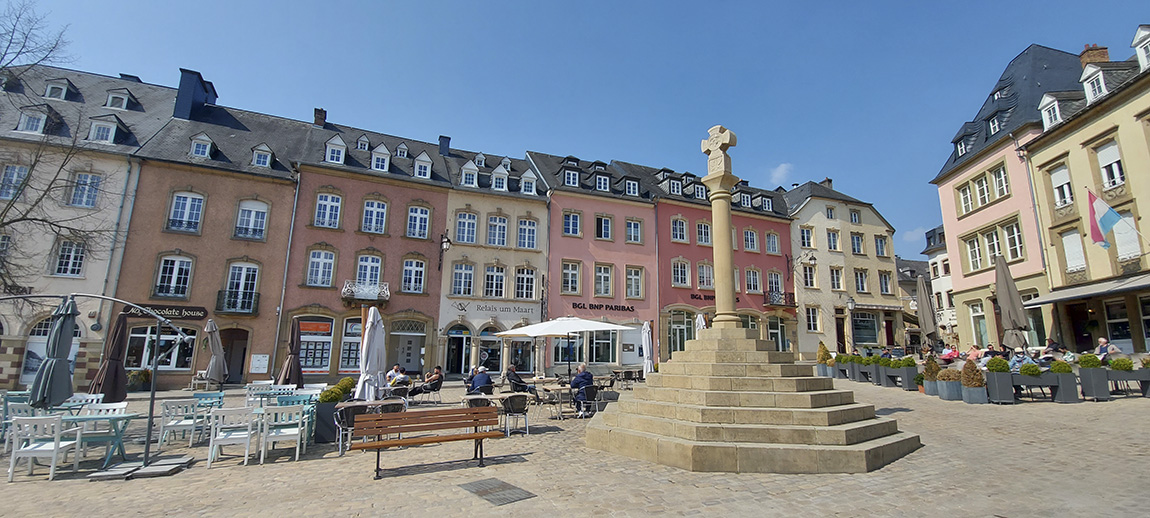
Echternach Market Place, the Cross of Justice. Photo: Stadtmarketing Echternach
Day 2 – Hiking or castles
On day two, depending on your preferences, choose to either go for a hike on the Mullerthal Trail or visit the Beaufort castles. Or both, if you have enough energy!
Echternach is the gateway to the Mullerthal region, and the Mullerthal Trail takes you through a splendid forested area, passing by rock formations reminiscent of a fairy tale, waterfalls and viewpoints to admire the region. Wollefsschlucht (Wolf Gorge) is one of the famous points on the trail, which has inspired many legends over the years.
The trail is around 112 kilometres, and it’s not possible to finish it in one day, but you can hike only a part of it, like the Mullerthal E1 trail, which is 13 kilometres and takes you along some highlights of the region.
If hiking is not your thing and you’d prefer immersing even more in medieval history or the luxury of a castle, take a trip to Beaufort to visit the two castles: the Medieval Castle (built in four stages, between 1050 and 1650) and the Renaissance Castle, built in 1649 next to the medieval castle. They are open only from April to early November and are splendid architectural highlights surrounded by lush forests.
Conclude your Echternach visit with a dinner at one of the restaurants serving dishes made with local ingredients, and pair it with a local wine (see our wine special in the July issue) as you reminisce about the 48 hours in the oldest city in Luxembourg.
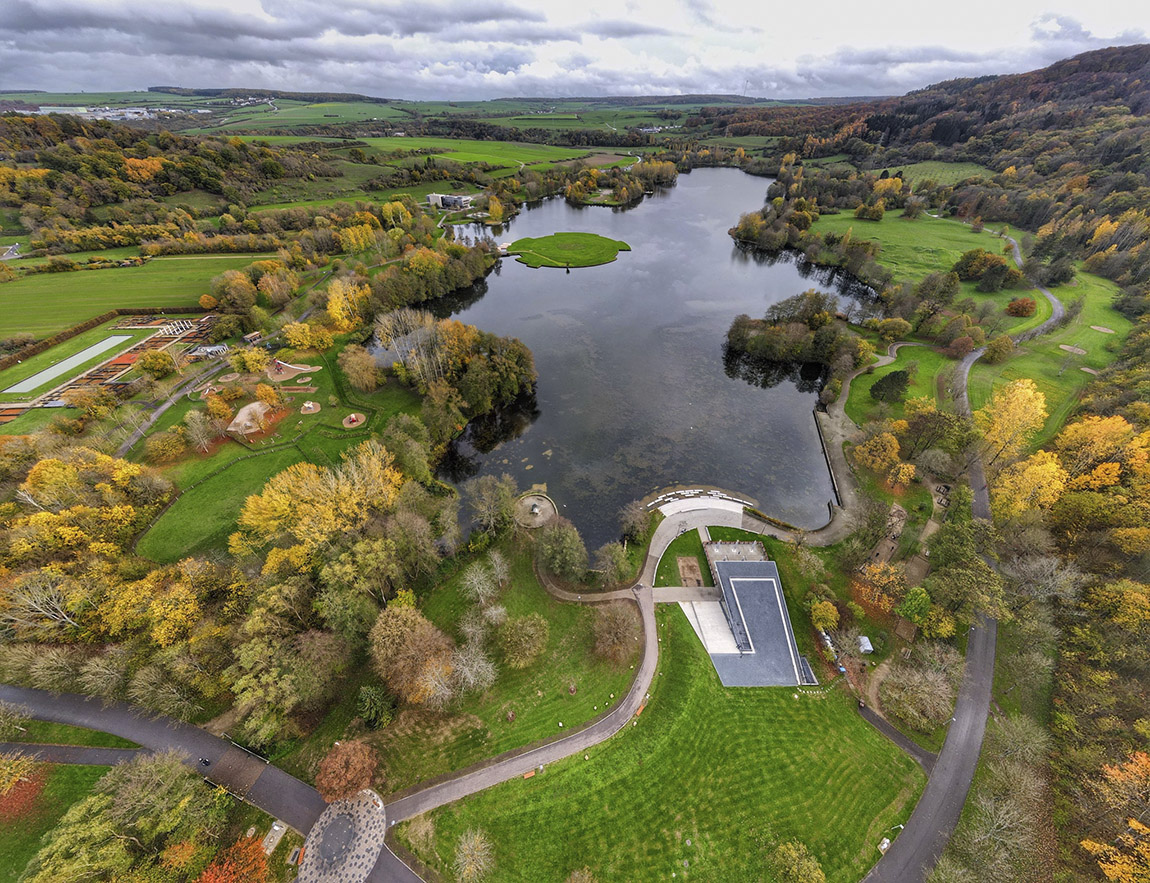
Echternach Lake, aerial view. Photo: Stadtmarketing Echternach
Subscribe to Our Newsletter
Receive our monthly newsletter by email
